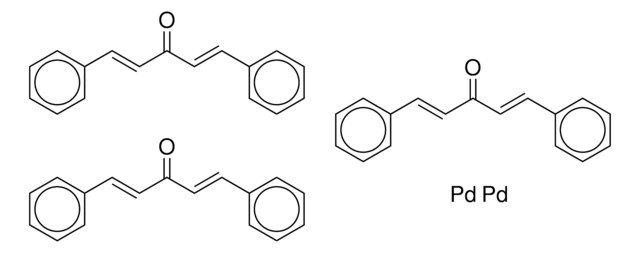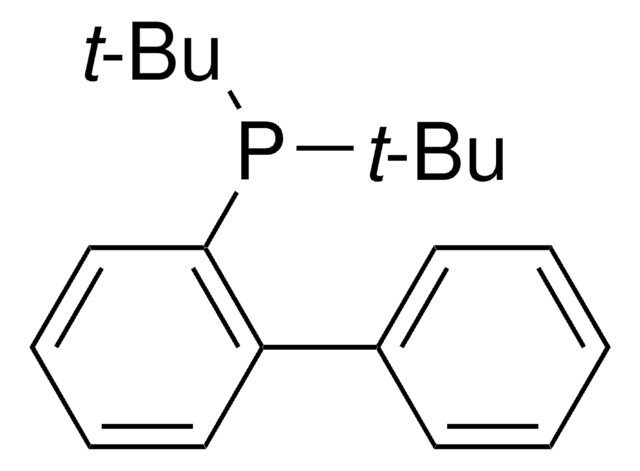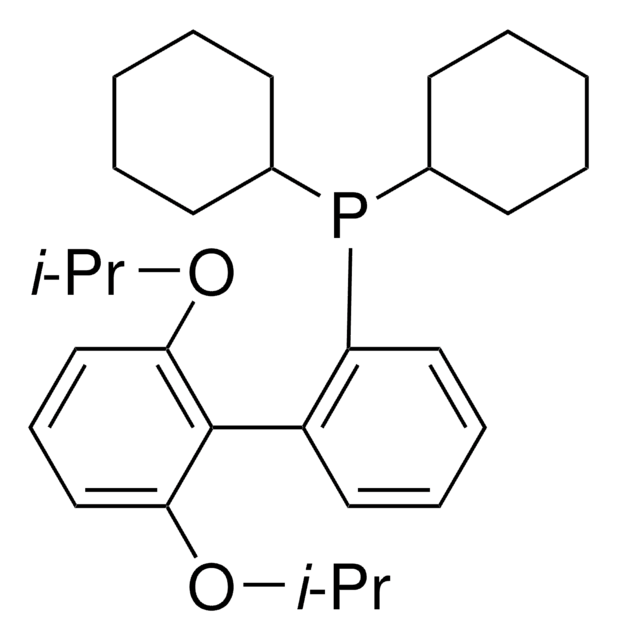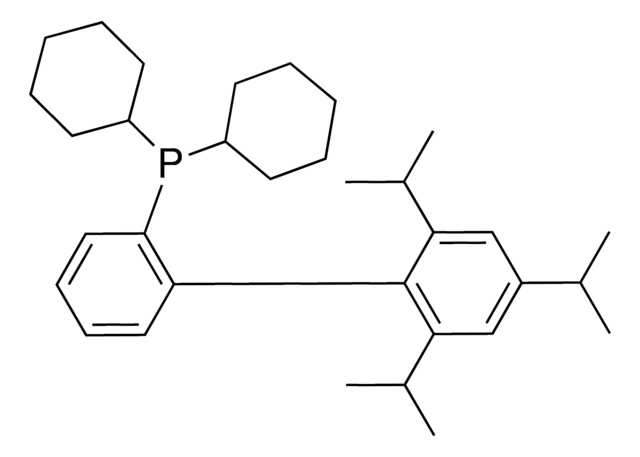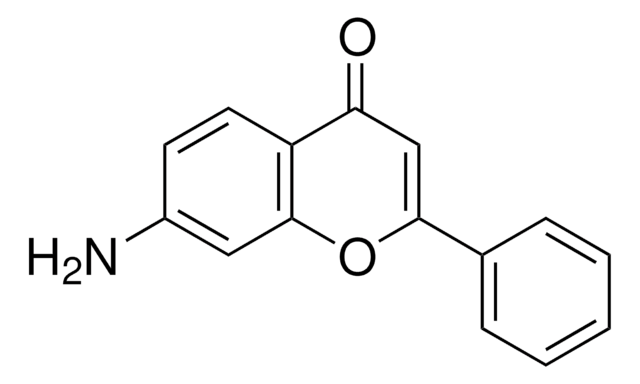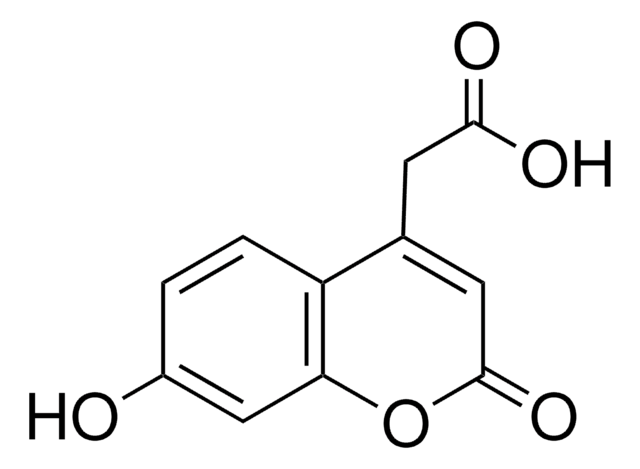MAK336
D-Lactate Assay Kit
sufficient for 100 colorimetric tests
Synonym(s):
D-Lactate Detection Kit
Sign Into View Organizational & Contract Pricing
Select a Size
Change View
1 G
₹14,234.00
About This Item
UNSPSC Code:
12161503
NACRES:
NA.84
Recommended Products
usage
sufficient for 100 colorimetric tests
input
cell medium
serum
plasma
detection method
colorimetric
relevant disease(s)
neurological disorders; gastrointestinal diseases
storage temp.
−20°C
Related Categories
1 of 4
This Item | 757101 | 576271 | 335665 |
|---|---|---|---|
| assay 97% | assay 97% | assay 97% | assay 97% |
| Quality Level 100 | Quality Level 100 | Quality Level 100 | Quality Level 100 |
| form liquid | form solid | form solid | form powder |
| refractive index n20/D 1.442 | refractive index - | refractive index - | refractive index - |
| density 0.925 g/mL at 25 °C | density - | density - | density - |
| pH 4 | pH - | pH - | pH - |
General description
Lactate is generated by lactate dehydrogenase (LDH) under hypoxic or anaerobic conditions. Monitoring lactate levels is, therefore, a good indicator of the balance between tissue oxygen demand and utilization and is useful when studying cellular and animal physiology. D-lactate is produced in only minor quantities in animals and measuring for D-lactate in animal samples is a means to determine the presence of bacterial infection. Simple, direct and automation-ready procedures for measuring lactate concentration are very desirable.
Application
The D-Lactate Assay Kit may be used for:
- Gastrointestinal Disease Research
- Neurological Disease Research
Features and Benefits
Enhanced Detection Range: Detect D-Lactate levels accurately across a wide range, from 0.05 mM to 2 mM, using only 20 μL of sample in a 96-well plate setup, ensuring comprehensive analysis with minimal sample requirement.
Simplified Process: Experience a streamlined process with the addition of only a single working reagent and a 20 minute room temperature reaction, reducing complexity and saving valuable time and effort.
Compatibility with High-Throughput Systems: Easily incorporate our kit into high-throughput handling systems, ensuring smooth and accurate processing, enhancing efficiency in your laboratory workflow.
Simplified Process: Experience a streamlined process with the addition of only a single working reagent and a 20 minute room temperature reaction, reducing complexity and saving valuable time and effort.
Compatibility with High-Throughput Systems: Easily incorporate our kit into high-throughput handling systems, ensuring smooth and accurate processing, enhancing efficiency in your laboratory workflow.
Suitability
Suitable for D-lactate in serum, plasma, and cell media samples.
Principle
The D-Lactate Assay Kit is based on lactate dehydrogenase catalyzed oxidation of lactate, in which the formed NADH reduces a formazan (MTT) Reagent. The intensity of the product color, measured at 565 nm, is proportionate to the lactate concentration in the sample. Detection limit of 0.05 mM and linearity up to 2 mM D-lactate in 96-well plate assay. For cell culture samples containing phenol red: detection limit of 0.1 mM and linearity up to 1 mM D-lactate in 96-well plate assay.
Other Notes
For additional information on our range of Biochemicals, please complete this form.
related product
Product No.
Description
Pricing
Storage Class Code
10 - Combustible liquids
Choose from one of the most recent versions:
Certificates of Analysis (COA)
Lot/Batch Number
Don't see the Right Version?
If you require a particular version, you can look up a specific certificate by the Lot or Batch number.
Already Own This Product?
Find documentation for the products that you have recently purchased in the Document Library.
Customers Also Viewed
Wei Xu et al.
PloS one, 5(10), e15403-e15403 (2010-11-03)
The mosquito Anopheles funestus is one of the major malaria vector species in sub-Saharan Africa. Olfaction is essential in guiding mosquito behaviors. Odorant-binding proteins (OBPs) are highly expressed in insect olfactory tissues and involved in the first step of odorant
Philipp Höfer et al.
Microbial cell factories, 9, 70-70 (2010-09-18)
Methylotrophic (methanol-utilizing) bacteria offer great potential as cell factories in the production of numerous products from biomass-derived methanol. Bio-methanol is essentially a non-food substrate, an advantage over sugar-utilizing cell factories. Low-value products as well as fine chemicals and advanced materials
Our team of scientists has experience in all areas of research including Life Science, Material Science, Chemical Synthesis, Chromatography, Analytical and many others.
Contact Technical Service
